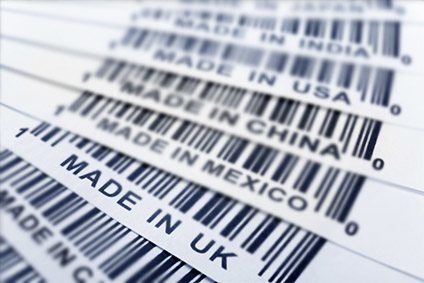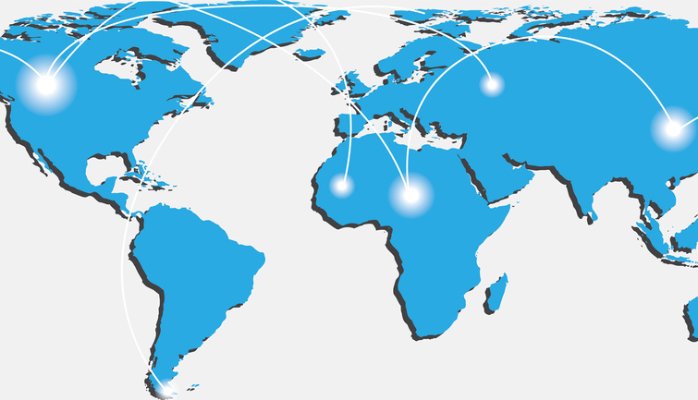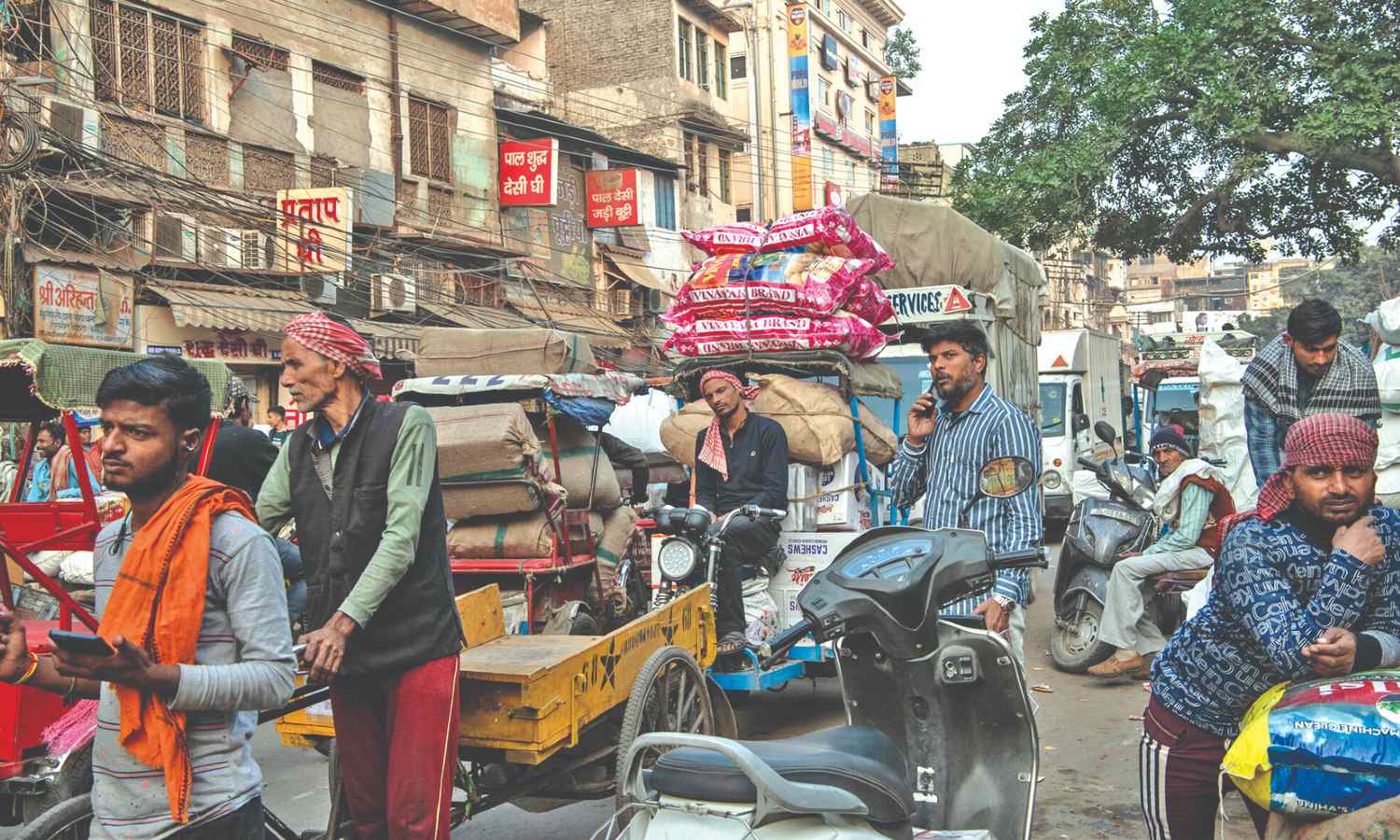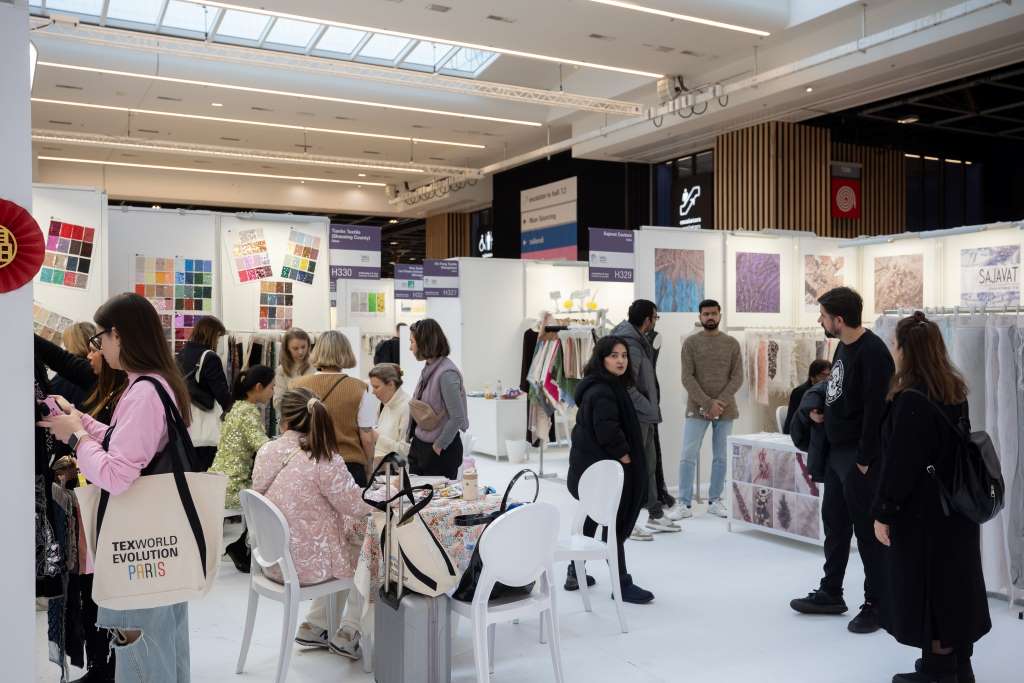FW
Andhra Pradesh will announce a Rs 125 crores loan waiver scheme to benefit weavers. This will benefit about 2.80 lakh weavers from the state. Andhra Pradesh is an important handloom producing state. AP is also considering a plan to provide interest-free loans to weavers to promote the traditional handloom sector. It may re-introduce the Janata cloth scheme for the poor at an expenditure of Rs 550 crores to supply a dhoti and a sari to all poor people in the state.
The central government has decided to set up mega clusters with an investment of Rs 26 crores in Guntur and Prakasam. Andhra Pradesh is renowned for its fine range of silk brocades and cottons. Each range has a unique blend of designs, colors and textures. The state also has a cooperative society for handloom weavers and assists them in purchasing raw materials and appliances, tools and machinery. It organises exhibitions and sales units for the purchase and receipt of finished products of the member societies. It assists in establishing and hiring processing units to undertake and provide processing services including dyeing, mercerising, printing and furnishing. It arranges for the training of weavers in improved methods of weaving and the latest techniques.
Textile spinning mills in Tamil Nadu will source cotton from Gujarat by ship. Shipping companies have agreed to reduce costs. Shipping costs initially worked out to Rs 590 to Rs 700 per bale. With reduced rates, the consignments would start arriving in about a month. Cotton, as of now is almost entirely transported through road from Gujarat, the largest producer of the crop in the country, to Tamil Nadu. Road transportation charges are about Rs 850 per bale.
Tamil Nadu mills procure nearly 60 lakh bales of cotton from Gujarat. Transport of cotton by road became unviable due to the steep increase in freight charges. Spinning mills hope to reduce shipping costs to Rs 500 per bale from the next cotton season starting October. The aim is to bring down transportation costs to Rs 400 per bale. Tamil Nadu produces only five to six lakh bales of cotton per year against its annual requirement of 130 lakh bales. To fill the gap in supply, mills procure over 120 lakh bales of cotton from other states, mostly Gujarat and Maharashtra.
Textile mills in Gujarat, which have a capacity of 2.75 million spindles, consume only around 15 lakh bales of cotton a year out of the state’s annual production of over 100 lakh bales.
Four handloom weavers from Assam were honoured by the Ministry of Textiles with the National Award for 2013 and the National Merit Certificate for the same year. Three of them received the National Award. The recipients For 2013 are: Lasti Mithi (Tiwa garment), Binapani Koch (Kanbang) and Chenimai Doley (Mising Muga silk sari) for the National Award; Lakhi Prava Bordoloi (wall handing) for the National Merit Certificate.
At a function held at the Madras University Auditorium, Chennai recently the awards and the certificates were presented to the four weavers by Prime Minister Narendra Modi. At the ceremony, around 100 weavers including those from Assam were honoured for outstanding creative skills. Meanwhile August 7 was observed as the National Handloom Day.
Lasti Mithi, a resident of the Amkhalam village of Umsai area under Baithalangso Police Station of Karbi Anglong district of Assam, is also a recipient of the 2011 National Merit Certificate of the Textile Ministry. She said that her product Re-Chokodo (traditional Tiwa male wrapper), prepared with a traditional geometrical design and floral patterns, won her the award. She added that she was now keen to teach young girls the skill of weaving cloths with beautiful designs and for this she was now trying to set up an institution.
Binapani Koch’s husband, Jibeswar Koch, who is Head of the Department of Bodo of the Dudhnoi College Jibeswar said his wife took around one month to weave the Kanbang (a kind of a Rabha shawl) in a loin loom. She used cotton yarn and natural dye to colour the yarn black, red and green.
In the first month of the fiscal 2015-16, export earnings dipped by 11.96 per cent compared to the same month in the last FY. This was because the garment product exports dropped. According to Export Promotion Bureau data, export earnings for $2.62 billion in July of FY16 as against $2.98 billion in the same month of the previous fiscal.
Following a disappointing FY 2014-2015 when export earnings grew by just over 3 per cent, negative growth in July was a worrying sign for the RMG sector, say exporters. It is all the more worrisome as a negative earnings growth of 1.37 per cent registered in July last year was the basis of negative earnings growth in this July.
Murshedy says the main reasons for low figures is: loss of orders due to rise in wages, additional cost for compliance issue, higher transportation cost compared to other countries as the government is yet to reduce oil prices, and a slump in dollar and euro.
The Textile Sector Skill Council (TSSC) is planning to include at least 110 more textile units in India, which will provide employable skills to those wanting to join the industry. Right now, TSSC has some 240 textile units as training providers. These include spinning and composite mills. The new units to be brought under the training program include firms figured in the entire textile production chain. Around two lakh inductees would be given skills training in the textile industry during the current fiscal.
TSSC, incorporated in 2014, is committed to developing world class skilled manpower for all segments of textile manufacturing starting from spinning to fabric finishing. This includes the organised mill sector, powerloom industry and handlooms. It defines the skill requirements of the industry. It imparts training to workers on state of the art technologies. It’s expected that in the next 10 years, more than 500 textile mills will be affiliated to TSSC as training partners.
TSSC is an industry-driven non-profit organisation set up under the National Skill Development Corporation and governed by 14 major textile industry associations and export promotion councils. It works with various textile research associations.
texskill.in/
With 667 exhibitors from eight countries and buyers from 26 countries, Intertextile Pavillion, Southern China’s biggest apparel and accessories fair, concluded on a healthy note earlier this month. The fair, held at Shenzhen Convention & Exhibition Center saw many high-end brands including Crocodile, Diesel, G2000, Initial, Miss Sixty, Mothercare, Pepe Jeans London, Replay, s.Oliver and Zara. The exhibitors showcased a wide range of high-quality fabrics, knits, yarns, fibres and accessories at the fair, which witnessed 14,855 buyers from 26 countries.
Explaining the developments at the fair, Wendy Wen, Senior General Manager of Messe Frankfurt (HK) said, overall, the fair was good, though the number of visitors were lower compared to last year owing to adverse weather conditions. It was encouraging to see big brands not only from domestic markets, but also from America and Europe. This fair showed the strength in terms of quality if not in quantity. The participation by leading national and international brands clearly indicates that they were taking the fair seriously. The event has been considered a success because it drew applauds from exhibitors and visitors alike. The fair is seen as an ideal platform by players following the final edition of Interstoff Asia Essential in Hong Kong last year.
Regional brands are being promoted by industrial associations and also government organisations for products produced in a particular cluster. Thus, there is a geographical Indication (GI) recognition for some products such as ‘Made in Tirupur’ brand for garments etc. This helps facilitate direct export to the retailer or manufacturer abroad and create a brand value for the products in the particular area.
The idea of a common market place in e-commerce portals so that the products made in that cluster could be sold there, has also been debated by some industry associations. However, only some products have benefitted from this move. Manufacturers need to start looking at joint initiatives to create geography-specific brands, for this move to work better. The clusters have a large number of small and medium-scale units. Thus, if they have a common brand or a common market place, they would be able to offer higher volume of products for sale.
Nearly 50 to 60 per cent exports are from the manufacturer to retailer in Tirupur and there are different models of exports among the spinning mills. Some mills have selling agents in abroad, others sell to a trader and still others have long-term tie-ups directly with overseas manufacturers who offer some added benefit.
Readymade garment factory owners in Bangladesh are facing problems due to non-availability of gas for the last couple of years. Thus, both, BGMEA and BTMA leaders have demanded gas connections for the country's largest foreign currency earner on a priority basis. Garment factories are suffering because of lack of gas connections, especially, those who want to shift their non-compliant units from the capital to its suburbs are facing difficulties. Only because they were not allowed to shift their existing gas connection to the new destinations, alleges Bangladesh Garment Manufacturers and Exporters Association (BGMEA). About 64 non-compliant readymade garment factories failed to relocate their units. These are mostly located in shared or rented buildings.
The BGMEA stated that about 86 factories applied for increasing gas load, while 83 more applied for new connections. As per Bangladesh Textile Mills Association (BTMA), investment in 30 spinning mills remained unused and many more may not go for expansion for some years due to lack of gas connections.
To improve its workplace and other safety requirements, factories wish to relocate their units, but the government does not allow transfer of existing gas connections. Due to this, more than 250 textile and garment factories could not go into production and expansion, claim industry insiders.
Nearly 233 RMG units needed 50.92 cft gas for relocation, expansion and to operate the new ones, said the BGMEA President. Thousands of workers could get employed and $1.0 billion more could be added to the country’s export earnings if these units could become operational.

A Mckinsey study on the future of global apparel retail reveals the dynamics of the apparel industry are changing dramatically. To succeed amid shifting tides, companies need to build competencies. Companies, have to keep a tab on fast-moving fashion keeping them on their toes to be in sync with the trends and changes in consumer behaviour, who not only want to see a level of freshness in their products, but also in the entire shopping experience.
Boosting retail, tapping the consumer psyche

The size of global apparel business is growing and expected to generate double digit growth between now and 2020. Much of this growth is coming from developing markets, notably from the exploding buying power among Asian consumers, moving into the middle class and starting to view clothes as an extension and expression of their new lifestyle. These consumers are also increasingly travelling and shopping abroad.
By 2020, foreign spending of Asian-Pacific residents will triple, totalling $600 billion. In the luxury goods segment, 75 per cent of all sales will be from Chinese consumers, with more than half of that being spent outside China. There is double economic pressure on stores these days. On one hand, profit margins and sales per sq. mt. are decreasing while expectations are growing.
The joint study by authors Carsten Keller, Karl-Hendrik Magnus, Saskia Hedrich, Patrick Nava, and Thomas Tochtermann suggests shoppers increasingly want brands to speak to them with the same level of relevance, whether they are on an iPad or browsing in a store.
Apparel business hosts some of the world’s most rapidly growing companies. A number of smaller entrants, both online and offline are constantly growing, bringing their banner to global scale. Germany-based online retailer Zalando, for instance, has expanded its convenient, no-cost shipping, no-hassle returns brand of ecommerce to 15 countries in just six years.
Global trends to follow for successful retail venture
What can fashion companies do today to be among tomorrow's winners? The study discusses primary ways in which the world is changing and how these shifts will have a significant impact on the way brands and retailers do business. The McKinsey Trend Barometer-based on expert interviews, client studies, and industry reports, identifies seven global trends that point the way toward sustainable value creation.
Target groups change continuously, but within a few years, these shifts will spawn great diversity, the likes of which the world has never known. First, global population is aging rapidly: In the US, for instance, the segment of consumers over 55 is growing faster than any other – both in terms of their share of the total population and their expenditures for clothing. Second, global economic base of power is shifting from north to south and from west to east. Third, increasing migration is giving rise to new customer profiles.
Around the globe, fashion consumers are becoming more environmentally conscious. They expect ecologically unobjectionable fabrics, a conservation-minded use of resources, reduced emission of pollutants, greater social commitment, and fair treatment of employees in production facilities. In many countries, legislators are requiring companies to create more sustainable products.
Young fashion customers readily use a spectrum of digital platforms to get information on trends, exchange experiences, or compare prices. Within these customer journeys, social media plays a key role. Up to 35 per cent consumers indicate that they rely on recommendations from social networks.
Manufacturers, retailers, and service providers are compiling customer data at all kinds of new touch points. Based on this data, sophisticated algorithms can calculate the time, type, and scope of the customer's next purchase with high precision and probability. This can yield diverse ways of personalising advertising, new customer interactions, and product offerings. But prior to this comes the challenge of processing huge volumes of data in real time. Apparel brands and retailers need to first identify which data is most relevant and then have the capabilities and organisational structure in place to use it, something that inevitably requires an understanding of the relevance of IT and big data at the corporate level.
Segment polarisation has been a hot topic in discussions among apparel experts. The luxury segment in the UK, for instance, is booming at double-digit growth rates and the low-price value segment is growing at around 8 per cent – still double the rate for the market overall. Yet the hotly contested middle market also has winners, particularly in affordable luxury, which resides somewhere between the mass and luxury segments.
Against the backdrop of these trends, global fashion companies will need to develop new patterns for success to grow further, remain successful, or regain lost ground. In particular, they have to focus on global-local brand management, creating new shopping experience, store functioning, efficient supply chain and warehousing and appealing store design.
www.mckinseyonmarketingandsales.com
A new organisation, Child Labor Free, is working with influential advertising agency Saatchi & Saatchi to tackle the problem of child labor in the textile industry. There is already growing consciousness about manufacturing practices in the textile industry.
If Child Labor Free does attain a position of influence customers will soon see garments on retail shelves with a little red heart symbol on the label. The red heart will indicate that the garment was produced without the involvement of child labor. The intent is that customers will shun garments not bearing the label.
This means that for brands not sourcing T-shirts and other garments with the little red heart symbol on the label may have an adverse impact on sales. Brands applying to use the Child Labor Free mark will have to provide manufacturing, component and sourcing information, along with evidence that child labor is absent in their supply chains. Child Labor Free will then evaluate the report, which may include recommendations for site inspections if deemed necessary.
Eliminating child labor in the textile industry is of course a noble cause, but success will ultimately depend upon the response of the average consumer.












